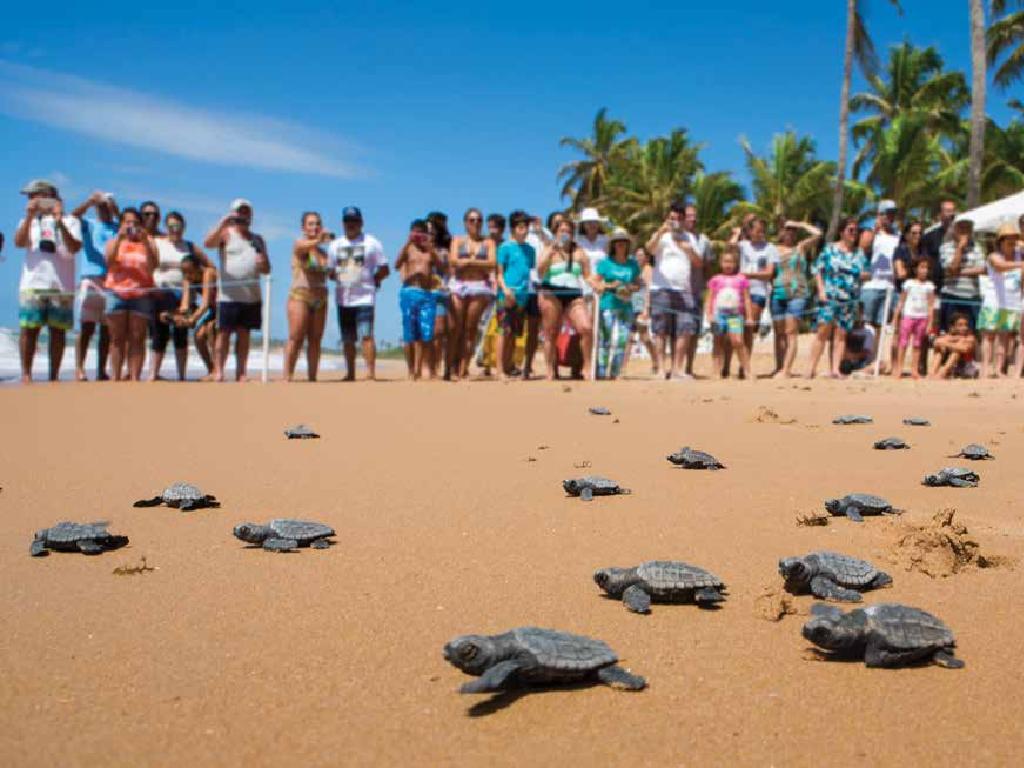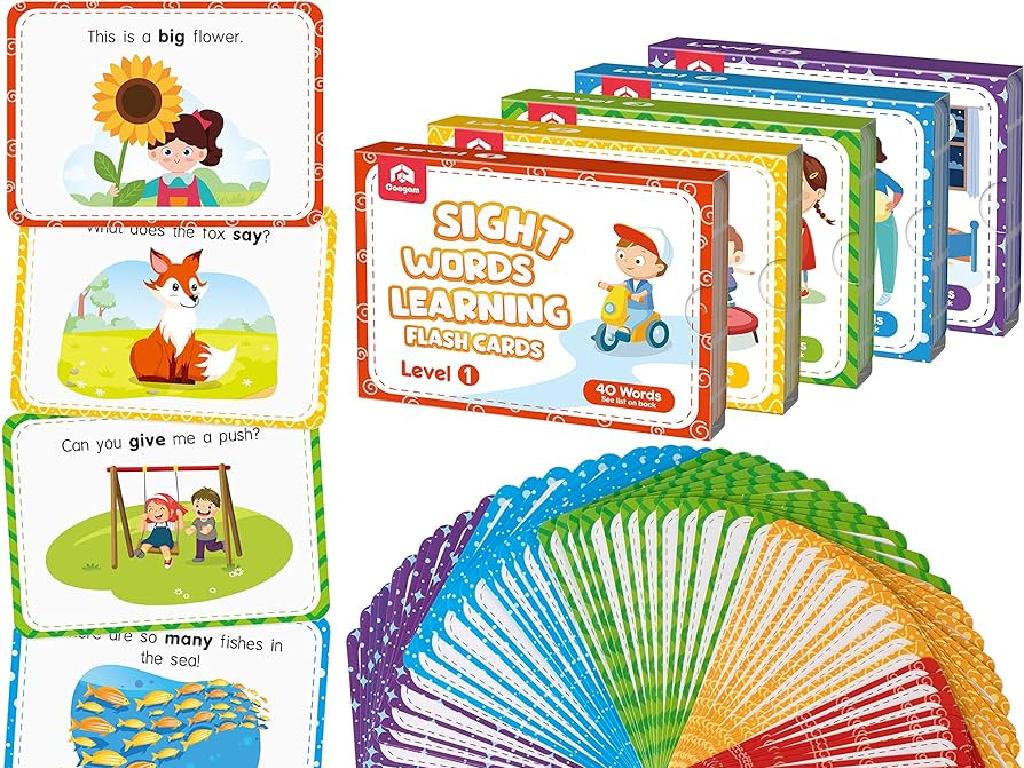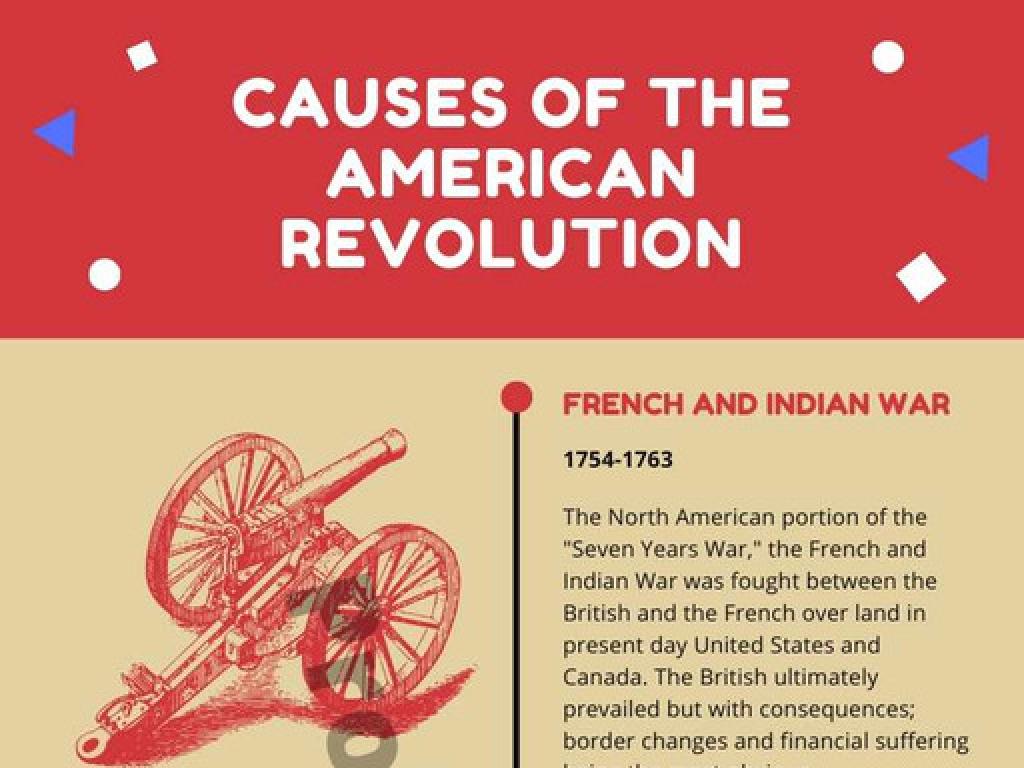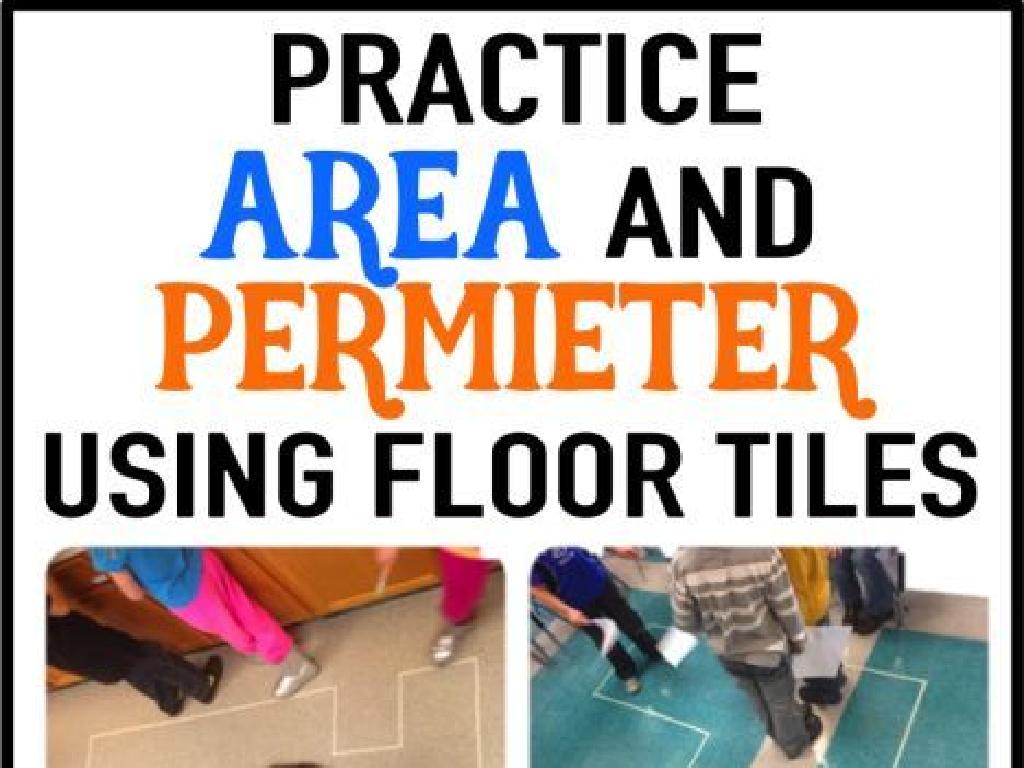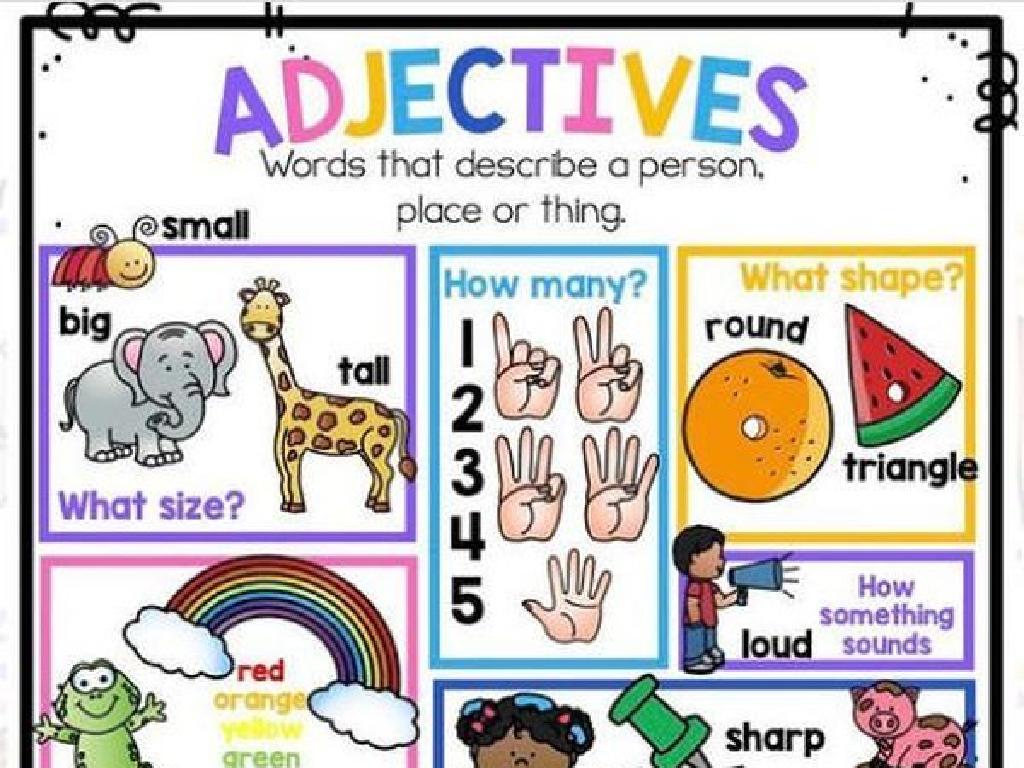Compare Fossils To Modern Organisms
Subject: Science
Grade: Seventh grade
Topic: Fossils
Please LOG IN to download the presentation. Access is available to registered users only.
View More Content
Welcome to the Past: Fossils
– What are fossils?
– Preserved remains or traces of ancient life
– Types of fossils
– Examples: petrified wood, amber insects, imprints
– Fossils as Earth’s history
– Fossils show changes in life forms over time
– Significance of studying fossils
– Helps us understand past climates, environments
|
This slide introduces students to the concept of fossils, which are the preserved remains or traces of organisms that lived in the past. Discuss different types of fossils, such as petrified wood, insects trapped in amber, or imprints of plants and animals. Explain how fossils provide a historical record of Earth, showing how life forms have evolved over millions of years. Emphasize the importance of studying fossils to gain insights into Earth’s past climates and environments, which can help us predict future changes. Encourage students to think about how fossils can be like a time machine, giving us a glimpse into the vast history of our planet.
Exploring Fossils: Windows to the Past
– What are fossils?
– Fossils are preserved remains or traces of ancient life.
– Types: Trace vs. Body fossils
– Trace fossils capture activity, while body fossils are actual organism parts.
– Fossilization process
– Layers of sediment cover remains, which then mineralize over time.
– Fossils as historical records
– They provide snapshots of life forms and environments from Earth’s history.
|
Begin with a clear definition of fossils, emphasizing their importance as evidence of past life on Earth. Differentiate between trace fossils, which include footprints or burrows, and body fossils, which are parts of the organism such as bones or leaves. Explain the fossilization process, highlighting the conditions necessary for fossil formation, such as rapid burial and mineral replacement. Use this slide to illustrate how fossils serve as historical records, allowing scientists to reconstruct ancient environments and evolutionary history. Encourage students to think about how fossils provide clues to what life was like millions of years ago.
Comparing Fossils to Modern Organisms
– Similarities with living species
– Fossils may share features like bone structures with animals today.
– Differences highlight changes
– Variations in limb length or skull shape can indicate adaptation over time.
– Insights into evolutionary paths
– Comparing fossils and modern organisms helps trace the lineage and changes of species.
– Significance of fossil comparisons
– Understanding these comparisons deepens our knowledge of Earth’s biological history.
|
This slide aims to explore the relationship between fossils and modern organisms, emphasizing the importance of such comparisons in understanding evolutionary processes. Students should recognize that while there are similarities between fossils and current species, the differences are key to unraveling the history of life on Earth. These comparisons can reveal how species have adapted to changing environments and can lead to insights about the common ancestors of different species. Encourage students to think critically about what these comparisons can tell us about the past and how they help scientists construct the tree of life.
Interpreting Fossil Evidence
– Fossils as a window to the past
– Scientists study fossils to understand extinct species.
– Dating fossils: How it’s done
– Radiometric dating and stratigraphy are key methods.
– Case study: Fossil vs. Modern organism
– Comparing a dinosaur fossil to a bird, noting similarities.
– Understanding evolution through fossils
|
This slide aims to explain how fossils provide insight into prehistoric life and the evolution of species. It will cover the methods scientists use to date fossils, such as radiometric dating, which measures radioactive decay, and stratigraphy, which examines the layers of rock. A case study, perhaps comparing a dinosaur fossil to a modern bird, will illustrate how traits have been passed down and modified over time. This comparison helps students grasp the concept of evolution and the continuous nature of life on Earth. Encourage students to think critically about how these ancient life forms have influenced the biodiversity we see today.
Activity: Fossil Analysis
– Examine fossils and modern samples
– Identify similarities and differences
– Look for structures like bones or shells in both
– Discuss findings in class
– Share your observations with peers
– Reflect on evolutionary links
– Consider how species have changed over time
|
This activity is designed to give students a hands-on experience with fossils and modern organism samples to compare and contrast. Provide a variety of replica fossils and modern samples for students to examine. Encourage them to look for structural similarities and differences, such as the shape of bones or shells. After the examination, students should discuss their findings with the class, fostering a collaborative learning environment. This will help them understand the concept of evolution and how species have adapted over time. Possible activities include sketching comparisons, creating a Venn diagram, or writing a brief report on their observations. The goal is to engage students in critical thinking about the evidence for evolution presented by fossils.
Conclusion: Fossils & Modern Life
– Recap of today’s lessons
– Importance of comparing fossils
– Comparing helps us see evolution and species’ changes over time
– Insights into life’s history
– Fossils are like Earth’s diary, showing us past life forms and environments
– Reflect on our learning
|
As we conclude today’s lesson, it’s crucial to reflect on the importance of comparing fossils to modern organisms. This comparison allows us to understand the evolutionary process and how species have adapted or gone extinct over millions of years. By studying fossils, we gain insights into the history of life on Earth, including environmental changes and past biodiversity. Encourage students to think about how this knowledge can be applied to current biological studies and conservation efforts. Ask them to reflect on what they found most interesting and how it might influence their perspective on the natural world.
Class Activity: Create Your Own Fossil Record
– Craft a ‘fossil’ using everyday items
– Compare your ‘fossil’ to living organisms
– Present your ‘fossil’ to the class
– Explain the features of your ‘fossil’
|
In this hands-on activity, students will create their own ‘fossils’ using materials such as clay, plaster, or even bread and gummy worms to simulate the fossilization process. Once their ‘fossils’ have set, students will examine real-life organisms and compare their structures to those of their created fossils. They will then present their ‘fossils’ to the class, describing the features and making connections to the organisms they represent. This activity will help students understand the concept of fossilization and the importance of fossils in studying past life. Possible materials for creating ‘fossils’: clay and small toy animals, plaster of Paris and leaves, or bread slices and gummy worms to simulate plant or animal remains. Encourage creativity and ensure safety when handling materials.

